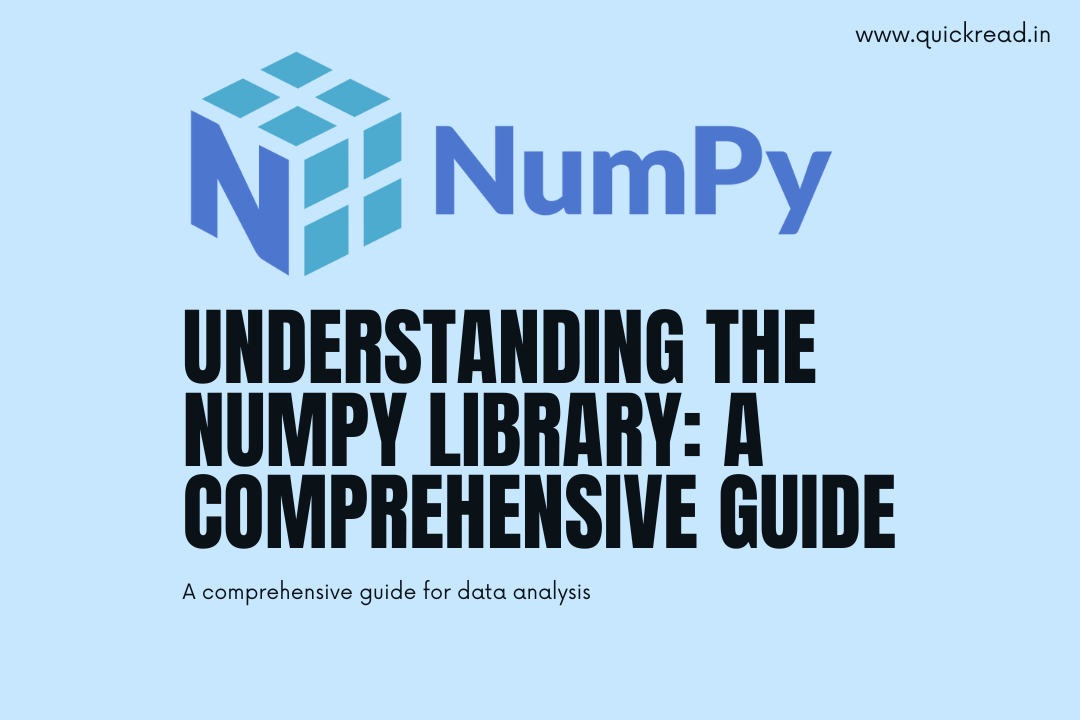NumPy (Numerical Python) is a fundamental library in the Python programming ecosystem, especially for data science, machine learning, and scientific computing. Whether you’re a beginner just getting started or an advanced user looking to optimize your projects, NumPy provides essential tools for array and matrix operations that are faster and more efficient than traditional Python lists.
In this article, we’ll dive deep into the NumPy library, exploring its key features, advantages, and practical applications. We’ll also provide a comparison table that highlights the differences between NumPy arrays and Python lists to make it easier for you to understand why NumPy is such a valuable tool.
What is NumPy Library?
NumPy is a powerful open-source library that allows Python to handle large, multi-dimensional arrays and matrices of numeric data. Along with these capabilities, it includes a vast collection of mathematical functions to operate on these arrays. Created in 2005 by Travis Oliphant, NumPy has since become the foundation for many other Python libraries, including Pandas, SciPy, and TensorFlow.
Why Use NumPy?
Before diving into how to use NumPy, it’s important to understand why it’s so popular:
- Performance: NumPy arrays are faster and more efficient than Python lists because they are implemented in C and store data in contiguous memory blocks.
- Ease of Use: NumPy’s array-oriented computing allows you to write concise code. Many operations that would require loops in standard Python can be written as simple array operations in NumPy.
- Versatility: NumPy supports a wide range of mathematical and statistical operations, making it ideal for scientific computing and data analysis.
- Interoperability: NumPy is compatible with many other libraries and tools in the Python ecosystem, making it a versatile choice for various applications.
Conclusion
NumPy is an indispensable tool for anyone working in data science, machine learning, or scientific computing with Python. Its powerful array operations, broadcasting capabilities, and compatibility with other Python libraries make it a cornerstone of the Python ecosystem. Whether you’re a beginner or an experienced developer, mastering NumPy will significantly improve your efficiency and capability in handling numerical data.
In this article, we’ve covered the basics of NumPy, explored its core features, and provided practical examples to help you get started. We’ve also discussed some of the more advanced features that can take your Python programming to the next level. With this knowledge, you can now confidently use NumPy in your projects, knowing that you are leveraging one of the most powerful tools available for numerical computing in Python.
So, whether you’re analyzing data, building machine learning models, or just looking to speed up your Python code, NumPy is the library that will help you get the job done efficiently and effectively.


